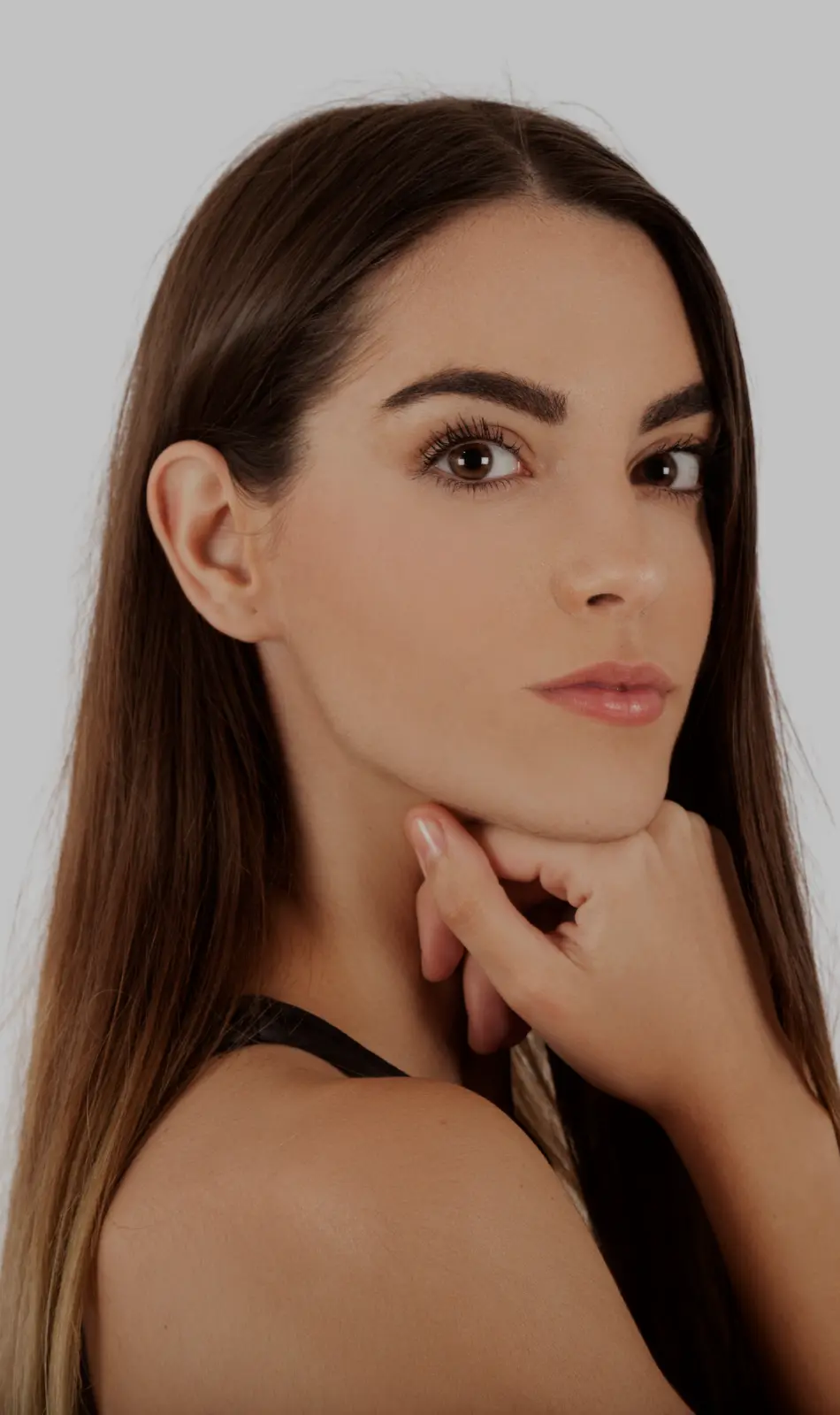Varicose veins and spider veins can be challenging to prevent for some individuals, particularly if there are underlying risk factors or it runs in the family. Nonetheless, there are various steps you can take to minimize your likelihood of developing them.
- Engage in Physical ActivityRegular exercise is beneficial in enhancing your leg strength, circulation, and vein resilience. Exercises that work your leg muscles can help prevent new spider and varicose veins from forming. Low-impact workouts such as swimming, cycling, yoga, or walking may alleviate the symptoms and appearance of any existing veins.
- Maintain a Healthy Body WeightBeing overweight or obese can increase your chances of developing varicose and spider veins. Shedding extra pounds can ease the pressure on your legs and enhance blood flow.
- Elevate Your LegsCrossing your legs while sitting and standing for extended periods can cause blood to pool in your legs, increasing your risk of spider and varicose veins. Elevating your legs enables pooled blood to drain away and flow back to your heart.
- Avoid Sitting or Standing for Long HoursSitting or standing for long periods of time can increase the likelihood of blood pooling in your legs, putting you at risk of developing varicose veins and spider veins. If you sit for extended periods, stand up and walk around every 30 minutes. If you’re frequently standing, try taking breaks every 30 minutes.
- Wear Compression StockingsCompression stockings, which are special, snug-fitting socks designed to promote circulation, can prevent the formation of spider and varicose veins or reduce their severity. They work by compressing the veins in your lower leg, helping blood flow back to the heart.









